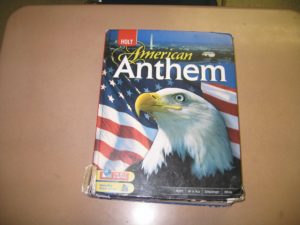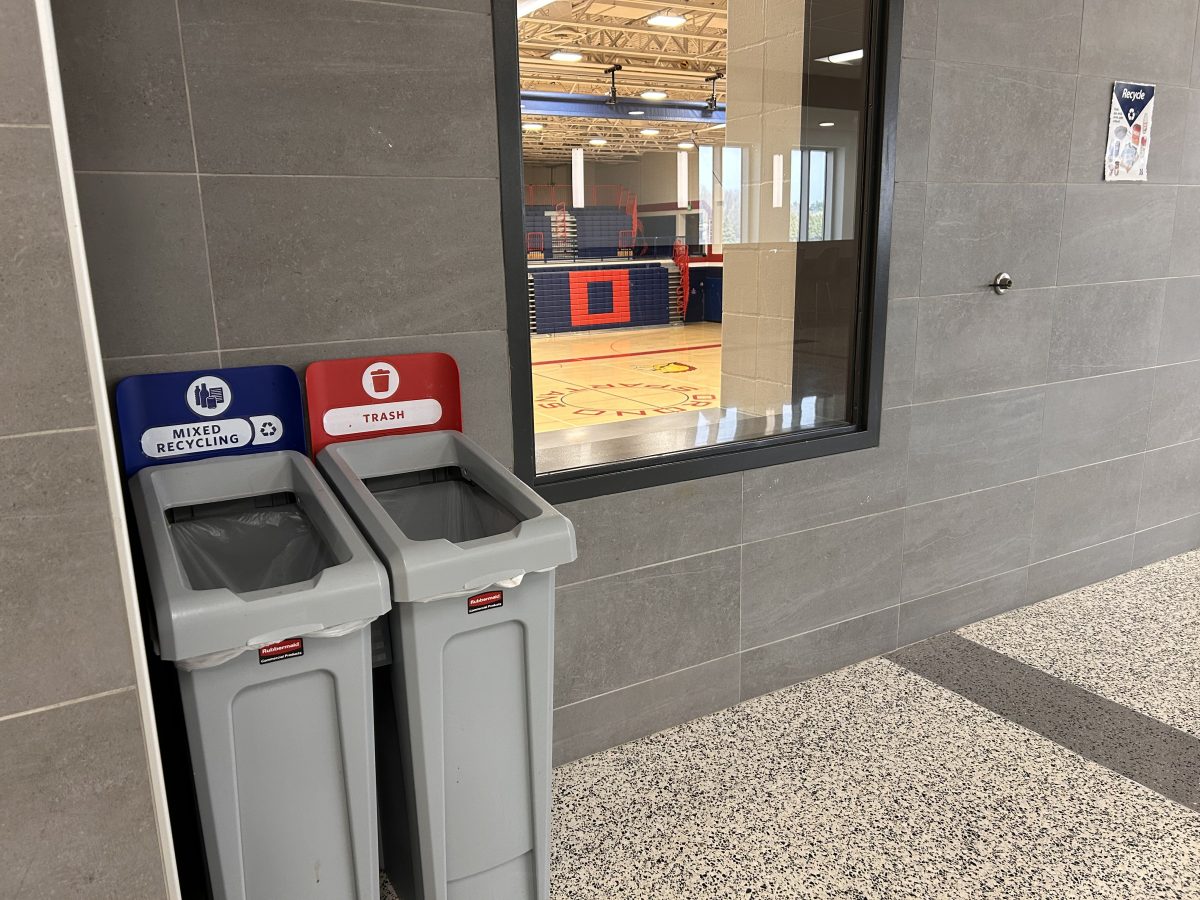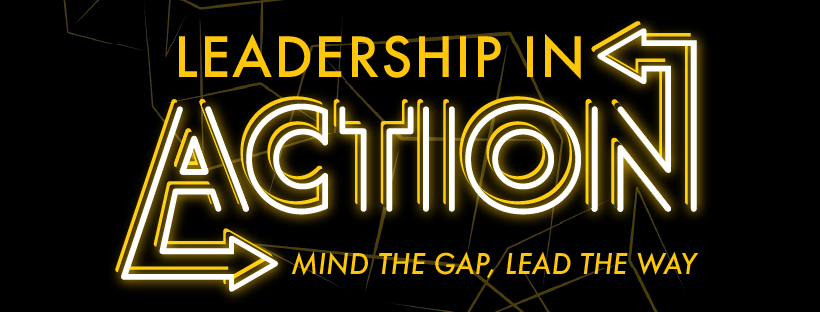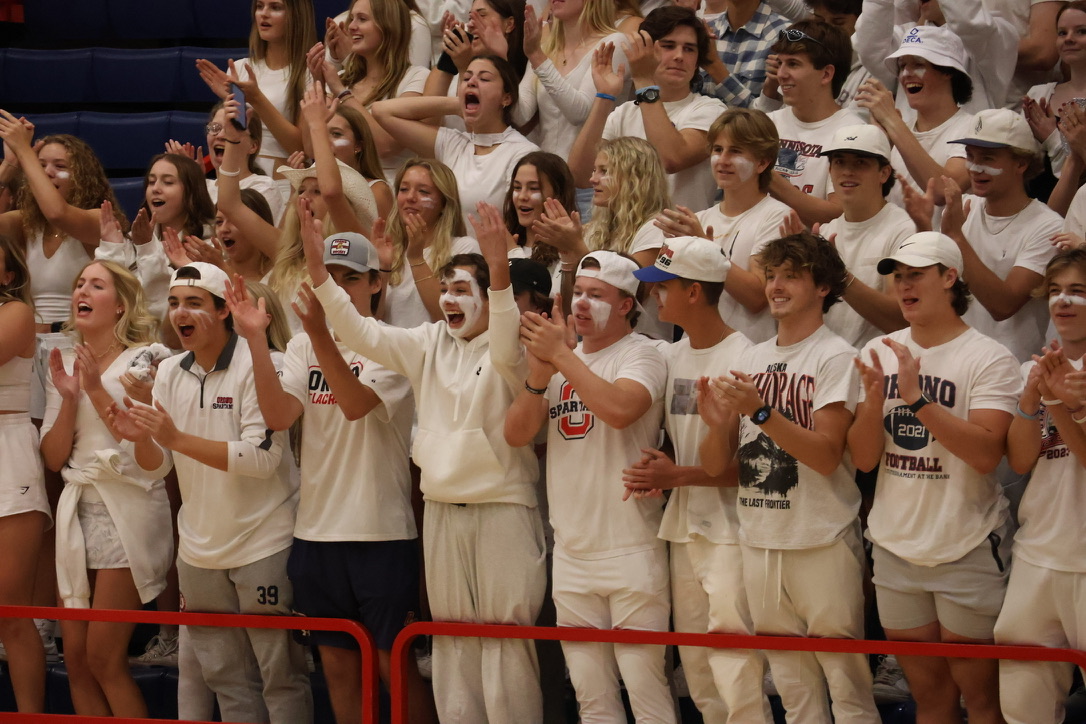Every OHS student takes U.S. History sometime throughout their high school experience, but are they hearing both sides of the story.
U.S. History is a required class that is usually taken during sophomore year. Throughout the year, students learn about the country they live in and its history.
“I really enjoyed American history. Mr. Herring made the class very entertaining and I learned a lot about our nation’s past,” said junior Eric Bakken.
At Orono, both United States History and AP U.S. History are offered to the students. The question is, are the students getting enough views of the story?
“Everything is biased,” said history teacher David Herring. Textbooks in the United States are usually biased according to an essay written by Michael H. Romanowski called “Problems of Bias in History Textbooks” he states that, textbooks don’t only tell our country’s history but how to look at it and what to think about it. In the same essay, Romanowski said, “In textbooks being ‘factual’ does not necessarily mean being unbiased or value-free.” Textbooks are indeed factual but are they telling the whole story?
In the textbook that U.S. History studies, American Anthem, there are about five pages on the Holocaust but only one section on the Japanese internment camps. Are history textbooks hiding the truth?
Two out of five people didn’t know what World War II Japanese internment camps were. Japanese internment camps were where the U.S. government placed Japanese Americans after Pearl Harbor. They took everything away from them – homes, jobs, friends and rights – under suspicion that all Japanese-Americans could be spies.
In U.S. history, the students only touch on that subject for about 15 minutes.
There are other events that have happened that involve the United States that history textbooks and or teachers do not touch one as much in depth as other subjects. The Bombing of Dresden, for instance, was a bombing that occurred in Germany during WWII when the Allies battered the city of Dresden to pieces.
According to author of the book Slaughterhouse-Five, Kurt Vonnegut, “It wasn’t a famous air raid back then in America. Not many Americans knew how much worse it had been than Hiroshima.”
“It’s not a matter of choice but a matter of time,” said history teacher Dennis Lynn on the subject about taking extra time to find different points of view. The history department only has nine months to teach through the period of time of the history of the United States or the World.
“It takes a lot of extra time for teachers,” said history teacher Andy Gagnon. Finding extra textual evidence helps find different points of view.
Today, the internet helps with that, so students can dig deeper into history and into their known knowledge of our country and our world.
Gagnon said he believes that having extra credit assignments for kids who want to know more about a subject would be a great push forward for students to get the other perspectives in history that are not mentioned in class. Also, he said that “in class discussions” are a great way to see the subject first hand from another students or teachers eyes.
Teaching the subject of history today compared to a few generations ago has already expanded the range of perspectives students are exposed to. Gagnon said that “we are a lot better than when I went back to school.”

Pete Makarov is the Chief Sports Editor of The Spartan Speaks






